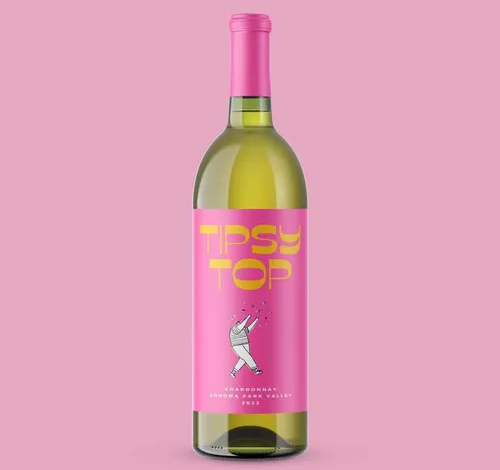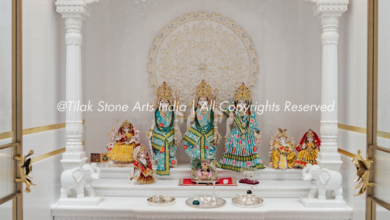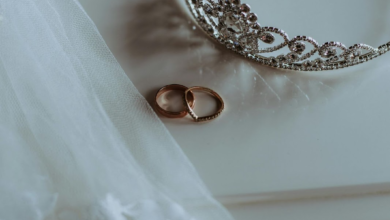How Custom Made Wine Labels Drive Consumer Choices in a Crowded Market

Walk into any wine shop and you’ll notice something interesting. Rows upon rows of wine bottles compete for attention, but only a handful actually make you pause and look twice in their direction. What’s the difference? Often, it’s the label doing the talking before you ever taste what’s inside.
Think about your own shopping habits for a moment. When you’re browsing unfamiliar wines, you’re probably drawn to bottles that catch your eye first. That’s where custom made wine labels become your most powerful marketing tool. They tell your story, convey your brand’s personality, and create that critical first connection with potential buyers who’ve never heard of your vineyard before.
The Silent Salesperson on Your Shelf
Labels Speak When You Can’t: Your wine label works around the clock, representing your brand in stores, restaurants, and homes where you’ll never set foot. It needs to communicate quality, authenticity, and value in seconds. A generic or poorly designed label suggests generic wine inside, even if your product is exceptional.
First Impressions Create Lasting Decisions: Research shows shoppers spend roughly three to seven seconds deciding whether to pick up a bottle. That’s barely enough time to read a few words. Your label’s visual impact needs to work faster than conscious thought, triggering emotional responses that drive purchasing decisions before logic kicks in.
See also: Timeless Elegance: Why Rose Gold Jewelry Sets Are Always in Style
Colour Psychology Shapes Buying Behaviour
Bold Reds Signal Confidence: Deep burgundies and rich reds on wine labels often suggest full-bodied, robust wines with strong flavour profiles. Buyers looking for dinner party wines or special occasions gravitate toward these darker, more dramatic colour schemes. They imply sophistication and tradition.
Soft Tones Create Approachability: Lighter colours like blush pinks, soft golds, or pale greens tend to attract casual wine drinkers. These gentler palettes suggest easy-drinking wines perfect for weeknight dinners or relaxed gatherings. They feel less intimidating to buyers who aren’t wine experts.
Unexpected Colours Demand Attention: When everyone else uses traditional wine colours, a bright turquoise or vibrant orange label stands out dramatically. This approach works brilliantly for younger brands targeting adventurous consumers. The risk? You might alienate traditional buyers who associate certain colours with quality.
Typography Tells Your Brand Story
Classic Fonts Build Trust: Serif typefaces and elegant scripts communicate heritage and craftsmanship. If your vineyard has decades of history, traditional typography reinforces that story. Buyers seeking established quality respond positively to these timeless design choices that feel reliable and tested.
Modern Typography Attracts New Audiences: Clean sans-serif fonts and minimalist text layouts appeal to younger demographics. They suggest a fresh approach to winemaking, perhaps organic practices or experimental blends. This design direction positions your brand as current and relevant to evolving tastes.
Visual Storytelling Creates Emotional Connections
Imagery That Resonates: Some wineries feature their actual vineyard landscapes on labels, creating geographical authenticity. Others use abstract art or illustrated elements that reflect their brand personality. The imagery you choose should align with what matters most to your target customers.
Texture and Finish Matter: A matte label feels earthy and handcrafted, appealing to natural wine enthusiasts. Glossy finishes create premium shine that catches light and suggests luxury. Textured papers add tactile interest that makes your bottle memorable in ways competitors’ smooth labels can’t match.
Real Wineries, Real Results
The Boutique Rebrand: A small Victorian winery struggled with sales despite positive reviews. Their dated label design didn’t reflect the modern, sustainable practices inside their business. After redesigning with clean lines and eco-focused imagery, their retail presence doubled within six months. Same wine, different perception.
Breaking Into Export Markets: An Australian shiraz producer couldn’t crack Asian markets until they redesigned labels with cultural considerations in mind. Incorporating gold accents and adjusting colour symbolism helped their bottles appeal to new customers. Understanding your audience’s visual language transforms everything.
Premium Positioning Through Design: One family vineyard moved from mid-shelf to premium pricing simply by upgrading their label quality. Better paper stock, embossed details, and refined typography justified higher prices. Customers perceived improved value before tasting a drop because the label elevated their expectations.
Your Label Is Your Investment
Quality labels don’t cost more than mediocre ones by much, but the return on investment differs dramatically. A professional, well-designed label positions your wine competitively against established brands. It opens doors to better retail placements and higher price points that reflect your product’s true value.
Design trends come and go, but authentic storytelling through thoughtful label design remains effective. Your label should feel like a natural extension of your winemaking philosophy. If you’re passionate about organic viticulture, let that shine through. If you’re reviving old-world techniques, communicate that heritage visually.
The bottles collecting dust on bottom shelves often have one thing in common: labels that don’t connect emotionally with buyers. They fail to answer the unspoken question every shopper asks – why should I choose this bottle over hundreds of others? Your label needs to answer that question instantly and convincingly.
Don’t underestimate the competitive edge a thoughtfully designed label provides. In a market flooded with choices, your visual identity becomes the deciding factor for countless purchasing decisions. Investing in professional label design isn’t vanity; it’s recognising how modern consumers actually make choices in real-world shopping environments. Ready to give your wine the visual presence it deserves? Start with a label that tells your story as beautifully as your wine delivers on taste.


